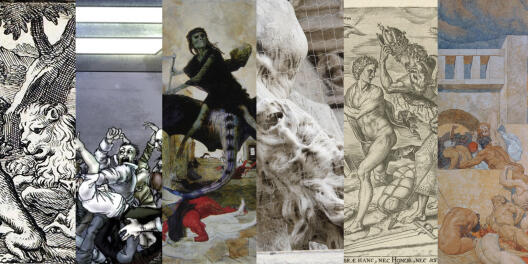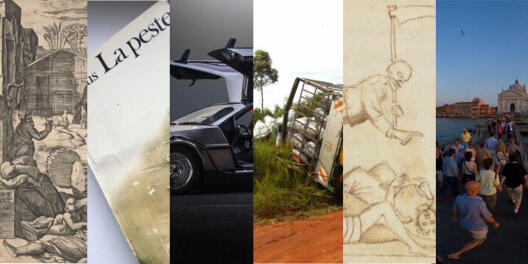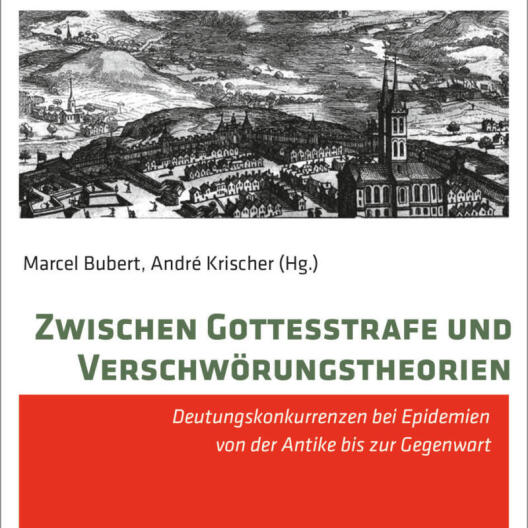Epidemics. Perspectives from cultural studies
Epidemics from antiquity to the present: how they have been represented in the arts and media is something that researchers from the Cluster of Excellence explain in the new dossier “Epidemics. Perspectives from cultural studies”. The short texts and images offer different disciplinary approaches to epidemics.
The authors from the Cluster of Excellence include literary scholar Pia Doering (Romance studies), art historians Eva Krems and Jens Niebaum, historian Matthias Sandberg, anthropologist Dorothea Schulz, literary scholar Martina Wagner-Egelhaaf (German studies) and historian Katharina Wolff.











